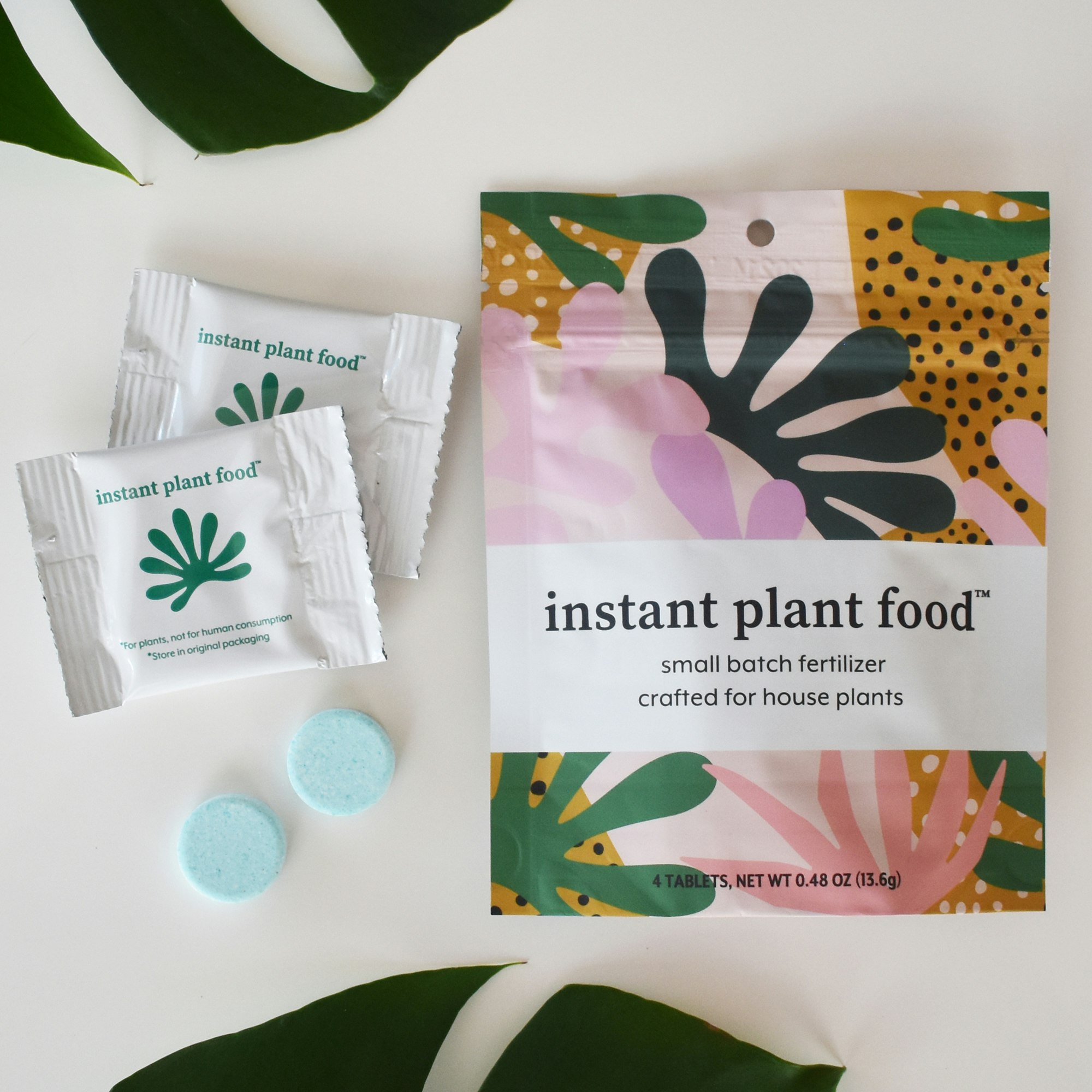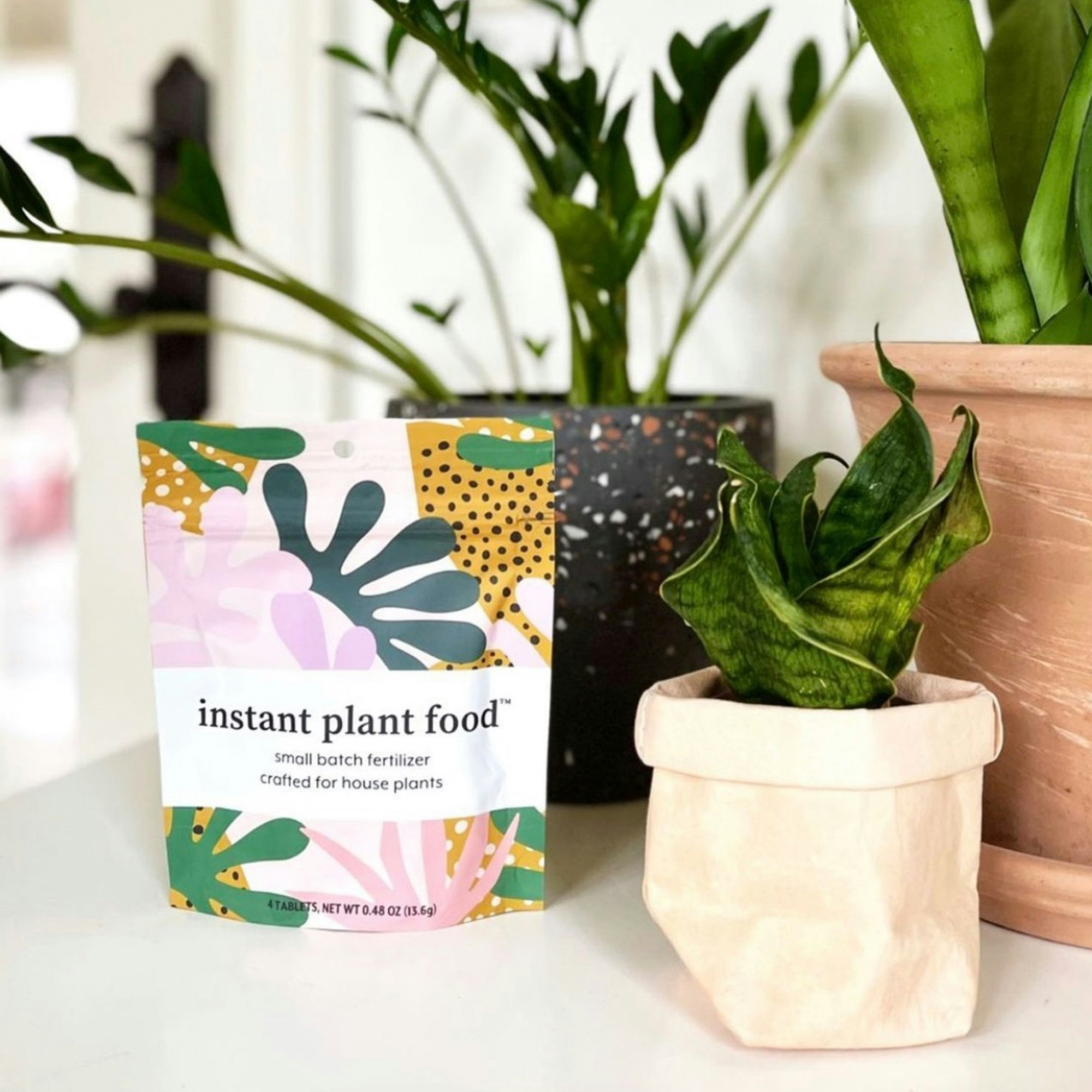How Your Brand Can Have a Strong Presence at International Trade Shows
Around the world, the exciting ambiance of in-person trade shows is back. After a two-year, pandemic-driven hiatus, retail trade shows are starting to boom again worldwide – and that’s spectacular news for brands looking abroad to fuel growth.
As pandemic guidelines relax, consumer packaged goods (CPG) brands feel a growing urge to get out and network face-to-face with global retailers. Trade shows are ideal venues to boost brand awareness and product discovery, build industry relationships and trust, and make deals to drive revenue growth.
If you plan to attend, exhibit, or speak at an international trade show, consider the following best practices. But first, let’s acknowledge how the pandemic has shaped today’s trade shows.
How COVID-19 changed trade shows
In 2021, U.S. trade show attendance rates declined by 48% in Q2 compared to Q2 in 2019 and the number of exhibitors fell by 31%.1 Hegel, Theresa. Despite COVID Hurdles, Trade Shows Go On. ASI Central. September 27, 2021. In 2022, the retail industry shows higher demand for in-person trade shows; yet, supply chain disruption and labor shortages have made the ordering process longer than before COVID-19. For instance, producing custom booth setups used to take a few days and …

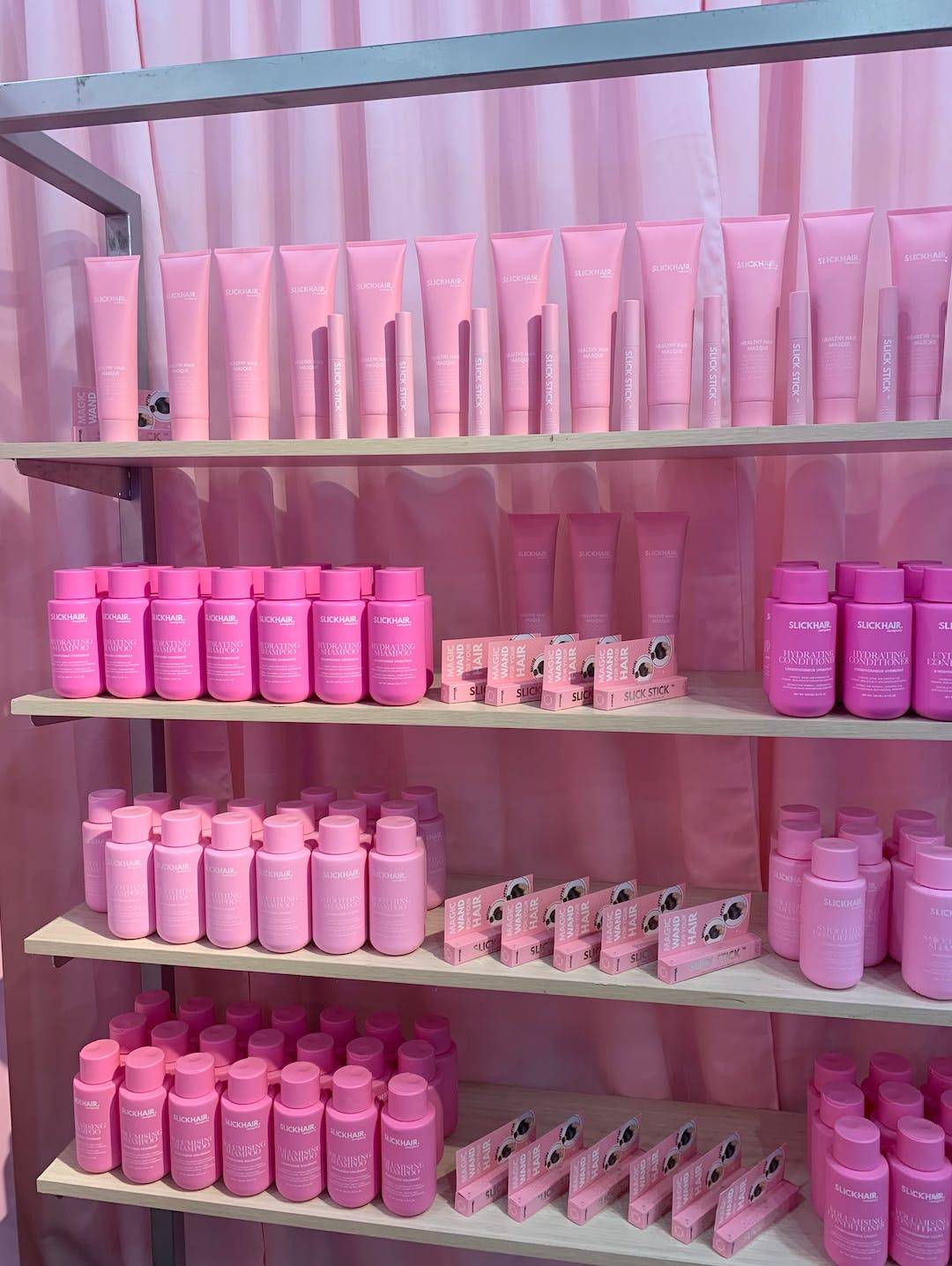 SLICK Hair
SLICK Hair
 Mermade Hair
Mermade Hair
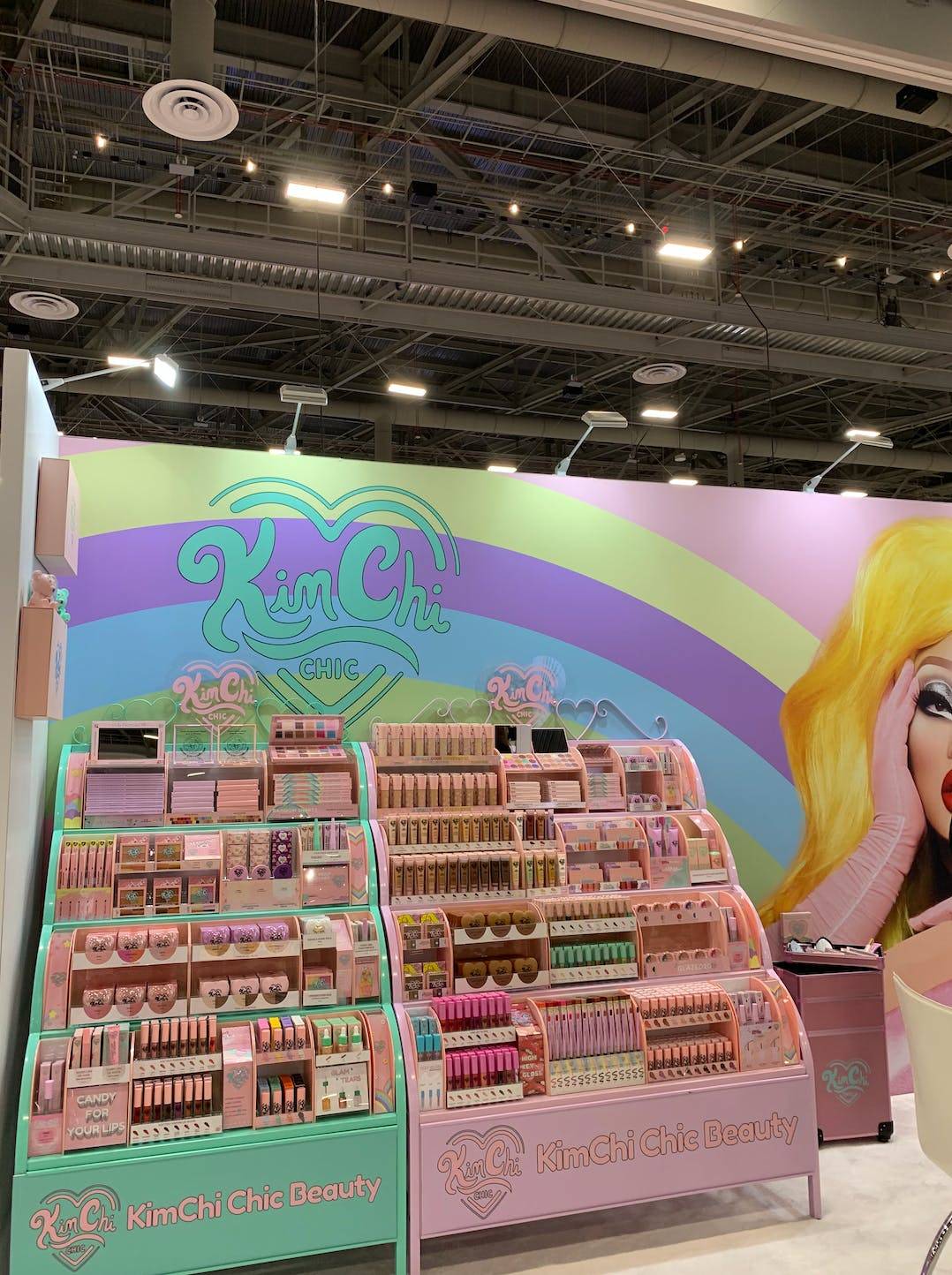 Kim Chi Cosmetics
Kim Chi Cosmetics
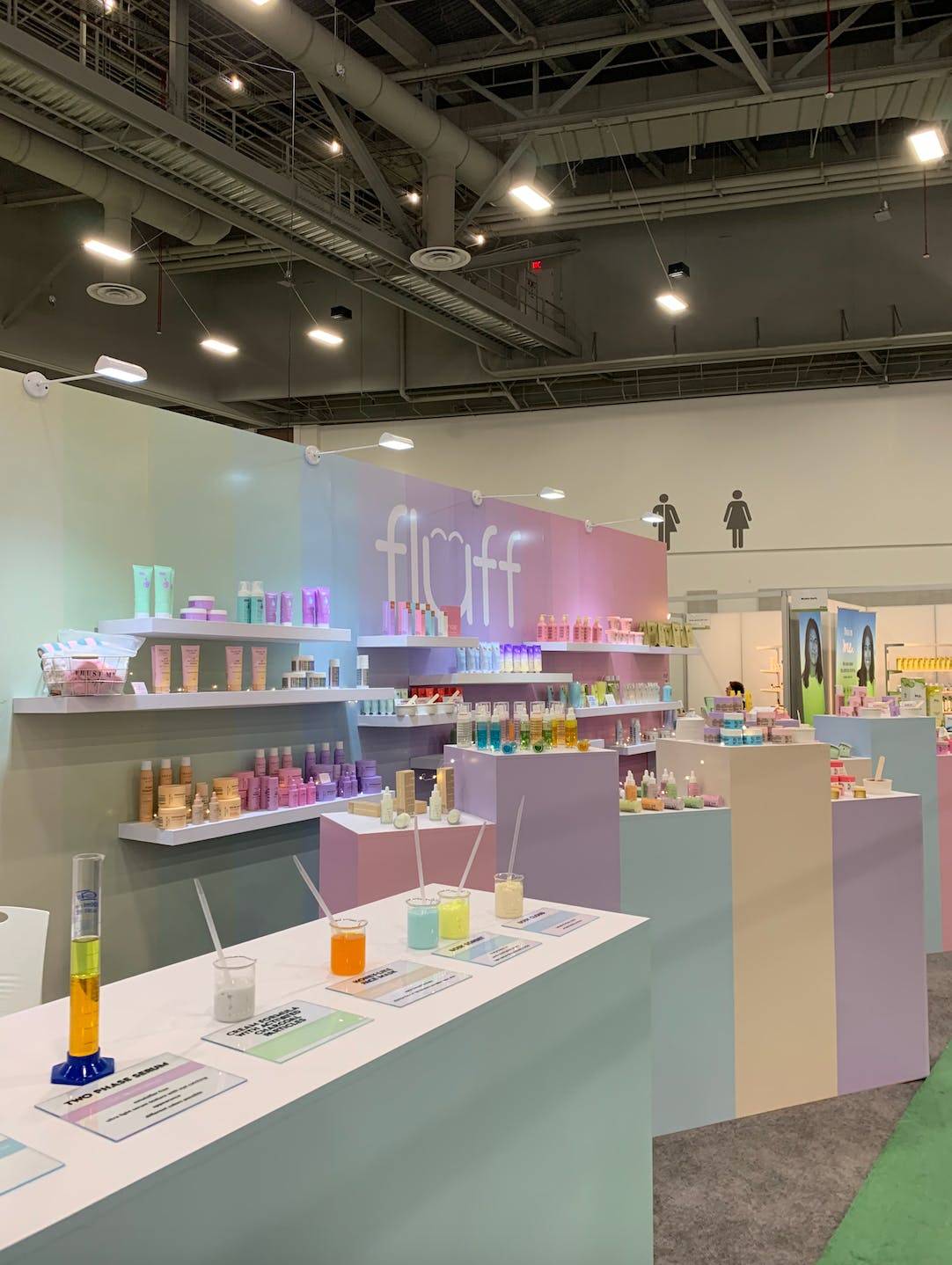 Fluff
Fluff


